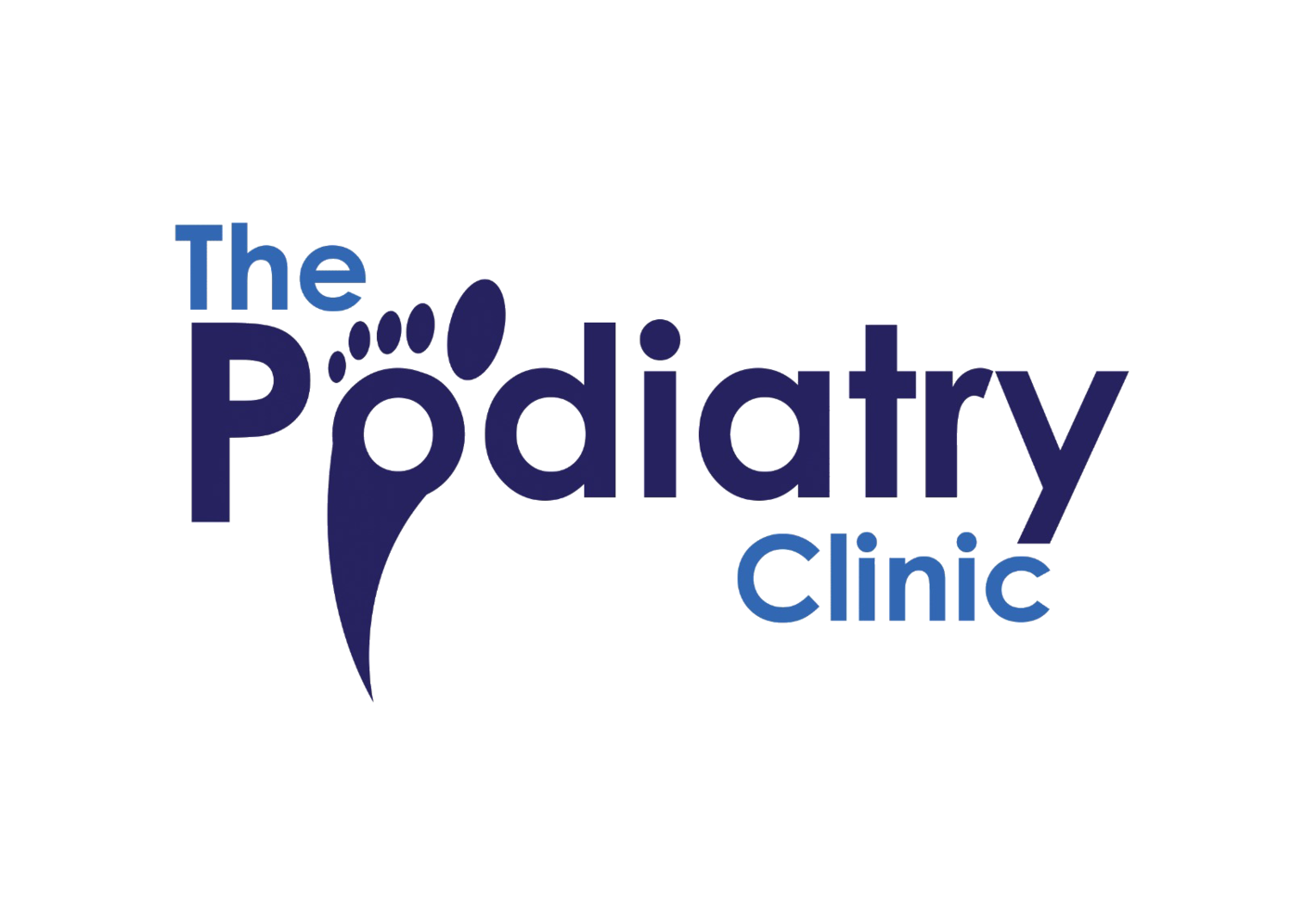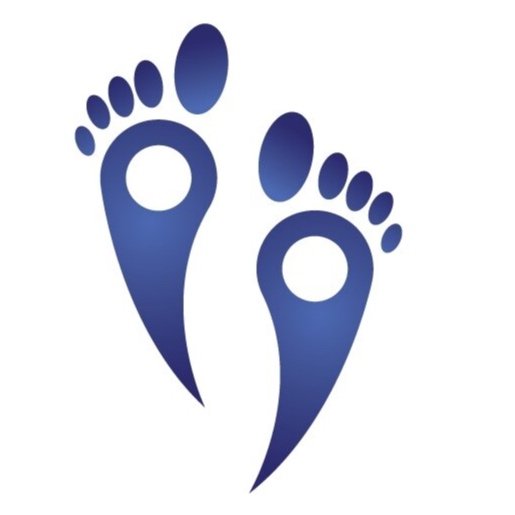Shockwave therapy for Achilles tendinopathy: Is it effective and safe?
What is Mid-portion Achilles tendinopathy?
Pain in the middle of the Achilles tendon, about 3 cm above the heel bone, is a symptom of mid part Achilles tendinopathy and tendonitis. Tendinopathy is described as weakening of tendon and losing flexibility of tendon secondary to failed healing of micro traumas in the tendon.
Swelling and morning stiffness of the tendon are frequently reported by patients especially when inflammation of the tendon (tendonitis) overlaps already establish underlying tendinopathy, which is also reactive tendinopathy.
The weakening and lack of flexibility of the tendon can lead to partial or complete rupture of the Achilles tendon in some cases as well as increases the risk of injury especially during exertional and strenuous activities such as running, playing tennis or badminton.
Mid-portion Achilles tendinopathy and tendonitis is a frequent overuse injury caused by repetitive energy storage and releases with excessive compression. Achilles tendinopathy is very common in runners; however, inactive populations can also get affected as such being over weight as obesity is contributing factor in Achilles tendinopathy.
Another common Achilles injury is insertional Achilles tendinopathy, pain at the site of attachment of the Achilles tendon on heel, and it manifests as pain, possible edema in case of subsequent bursitis (retrocalcaneal or superficial calcaneal), and morning stiffness.
What causes mid portion Achilles tendinopathy?
The biggest cause of tendinopathy is the excessive loading or overburdening of the tendon. Although the exact origin is generally unknown, some variables and sports such as jogging, tennis, and football have been found to aggravate the illness.
Specifically, runners with the following conditions are more likely to develop mid-portion Achilles tendinopathy:
They overestimated their mileage.
Poor running regime.
In-appropriate loading such as incorrect shoe gears.
Are running far too often.
Have a restricted range of motion in their ankles
Having underlying hip or knee conditions.
Have a loss of calf strength.
Poor technique such as lack of warm up or cool down procedure.
How do we treat Achilles tendinopathy?
The majority of Achilles tendon problems can be resolved with physiotherapy usually with a graded exercise protocol following identifying underlying cause. If the issue is chronic it can take up to 12 weeks to heal. According to research, the calf muscle and Achilles tendon should be appropriately loaded and strengthened during treatment (Beyer et al, 2015).
Different loading programs are used including isometric and eccentric control (Cook and Purdam 2014) programs depending on the pain, assessment, and overall health of the tendon. Over the last two decades, ultrasound has remained the gold standard method to assess Achilles tendon structure and mechanical properties non-invasively (Fouré 2016). Ultrasound scan can pick up the partial tear which can change the management program and inform the clinician to better formulate the program for the patient.
Shockwave therapy or an ultrasound guided injection may be an acceptable supplement to your treatment if you are not improving with rehabilitation and physiotherapy.
Shockwave therapy is a non-invasive, safe, and effective way to treat Achilles tendinopathy. Ultrasound guided injections are typically used in difficult cases where physiotherapy and shockwave therapy have failed such severe retrocalcaneal bursitis or unremitting pain.
Is shockwave therapy effective for mid portion Achilles tendinopathy?
To bring our customers out of pain and back to full function, we use a mix of tendon loading and shockwave therapy program. The key to our success, we feel, is a combination of therapy and assessments including ultrasound scanning, shockwave, running walking assessment through foot plate and devising physiotherapy and podiatry rehabilitation program.
Yes, shockwave therapy is an excellent therapeutic option for mid-portion Achilles tendinopathy and usually 3-5 sessions are required.
Santamato et al(2019) in their study revealed significant reduction in discomfort in individuals with mid-portion Achilles tendinopathy, as well as short- and long-term improvements in ankle range of motion. Patients reported an excellent/good clinical picture, as well as better functionality and a pleasant clinical impression.
We treat a huge number of customers with mid-portion Achilles tendinopathy at The Podiatry Clinics every year, and the combination of shockwave therapy and rehabilitation activities has enhanced our clinical outcomes.
The National Institute for Health and Care Excellence strongly supports the use of shockwave therapy for Achilles tendinopathy (NICE 2016). NICE makes evidence-based recommendations to help healthcare professionals do what they do best.
For mid-portion Achilles tendinopathy, how many sessions and how often do you need shockwave therapy?
It is recommended that you have at least three shockwave sessions, spaced about one week apart. Additional sessions may be required for certain people; however, this will depend on how you respond to treatment.
How long does it take to recover from mid portion Achilles tendinopathy?
Please refer to above. Depending on the nature and degree of the tendinopathy, this differs from person to person. Following the initial shockwave session, some patients experience an immediate reduction in discomfort.
Should you have an ultrasound scan before having shockwave therapy?
An ultrasound scan can be helpful in further assessing your tendon and confirming your diagnosis. We perform an ultrasound scan at no extra charge at The Podiatry Clinics, and you do not require a GP referral. Please let the receptionist know if you require a diagnostic ultrasound scan when making your appointment. An ultrasound scan will determine if your tendon is torn and/or if you have tendinopathy. It will also reveal whether the Achilles tendon is surrounded by bursitis.
Please phone 0121 285 5656, 07888119090 or email hello@thepodiatryclinics.co.uk to make an appointment or for additional information before making one.
References:
Beyer R, Kongsgaard M, Hougs Kjær B, Øhlenschlæger T, Kjær M, Magnusson SP. Heavy slow resistance versus eccentric training as treatment for Achilles tendinopathy: a randomized controlled trial. The American journal of sports medicine. 2015 Jul;43(7):1704-11.
Cook JL, Purdam CR. The challenge of managing tendinopathy in competing athletes. British journal of sports medicine. 2014 Apr 1;48(7):506-9.
Fouré A. New imaging methods for non-invasive assessment of mechanical, structural, and biochemical properties of human Achilles tendon: a mini review. Frontiers in physiology. 2016 Jul 27;7:324.
NICE Guidelines (2016). Extracorporeal shockwave therapy for Achilles tendinopathy. Interventional procedures guidance. Published: 21 December 2016
Andrea Santamato 1, Raffaele Beatrice 2, Maria Francesca Micello 3, Francesca Fortunato 4, Francesco Panza 5, Christos Bristogiannis 6, Elsa Cleopazzo 7, Luca Macarini 6, Alessandro Picelli 8, Alessio Baricich 9, Maurizio Ranieri (2019). Power Doppler Ultrasound Findings before and after Focused Extracorporeal Shock Wave Therapy for Achilles Tendinopathy: A Pilot Study on Pain Reduction and Neovascularization Effect. Ultrasound Med Biol. 2019 May;45(5):1316-1323. doi: 10.1016/j.ultrasmedbio.2018.12.009.Epub 2019 Feb 8.




